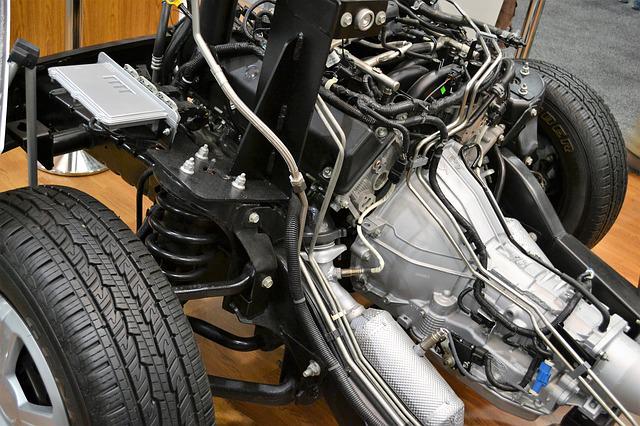
In a car, the differential is the piece that is responsible for transmitting the rotational movement of the axle to the wheels, allowing the right wheel and the right wheel to rotate at different speeds depending on the direction of the curve.
The concept of differential can be used as an adjective or as a noun . In the first case, the term refers to that linked to the difference that exists between elements or to what allows a differentiation to be established.
For example: “This product has differential characteristics that allow it to stand out in the market” , “Tomorrow the biologist will present a differential analysis of the species that live in the coastal region” , “Club members will enjoy a differential pass to access events in a more agile way.”
In the field of mathematics , a very small difference in a variable is known as a differential. A differential, in this framework, is the tiny quantity known as an infinitesimal .
The concept in mechanics
For mechanics, the differential is the mechanism that is responsible for transporting the rotation made by the input shaft to two output shafts, allowing two simultaneous and different rotation speeds to be obtained. In the specific case of automobiles, it is the gear in charge of transmitting the movement carried out by the drive axle to the wheels and which makes it possible for them to rotate at different speeds in a curve.
In cars, therefore, the differential is the piece that transmits the rotational movement of the axle to the wheels and that allows, according to the direction of the curve, the left wheel and the right wheel to rotate at different speeds.
Differential amplifier
A device that serves to amplify the difference that exists between two given input voltages, while eliminating any voltage common to the inputs, is known as a differential amplifier . It is an analog circuit , that is, a system whose variables have a continuous variation over time and can acquire infinite values, even if only in theory.
The differential amplifier has two inputs, the inverting and the non-inverting , something that makes it proportional to the difference between the two input voltages, according to the following equation: Output voltage = Differential gain x ( Non-inverting input + Inverting input ).

Differential psychology studies the differences between individuals based on intelligence and personality.
The analyst psychology
There is, on the other hand, differential psychology , which is sometimes mentioned as analyst psychology , a discipline that is aimed at studying the differences that individuals present in two fundamental aspects of our being: personality and intelligence. This expression was coined by William Lewis Stern , a psychologist and philosopher of German origin who made great contributions.
Differential psychology focuses on describing, predicting and explaining inter-individual, intra-individual and inter-group variability, in relevant areas of psychology , and takes as a reference point its origin, its functioning and the way in which it manifests itself. In general, it is contrasted with general psychology, which is dedicated to studying the mental functions that all human beings share.
One of its great differences is that differential psychology especially uses the so-called correlational method , and is based on the Organism-Stimulus-Response ( OER ) paradigm, which the North American psychologist Louis Leon Thurstone proposed in 1923, while the general It relies on the experimental method and is based on the Stimulus-Response or Stimulus-Organism-Response ( ER or EOR ) paradigm, respectively.
Differential signal
A differential signal , finally, is a signal that travels through two conductors (which are called + and – ), and not just one. This causes the currents and voltages of these conductors to be symmetrical. By subtracting the signals of these conductors, the useful signal value is obtained.
The reason why this type of signals is used is that they offer greater robustness than interference .
